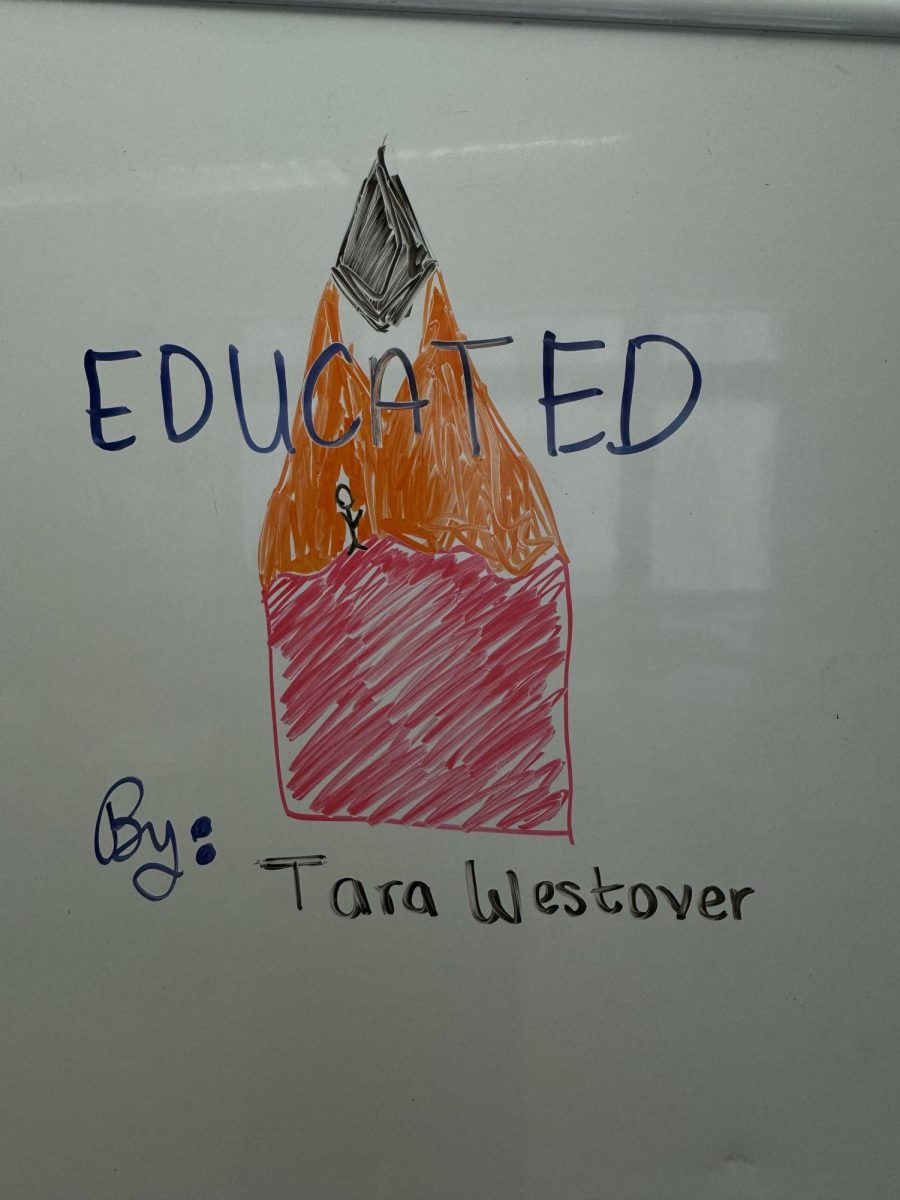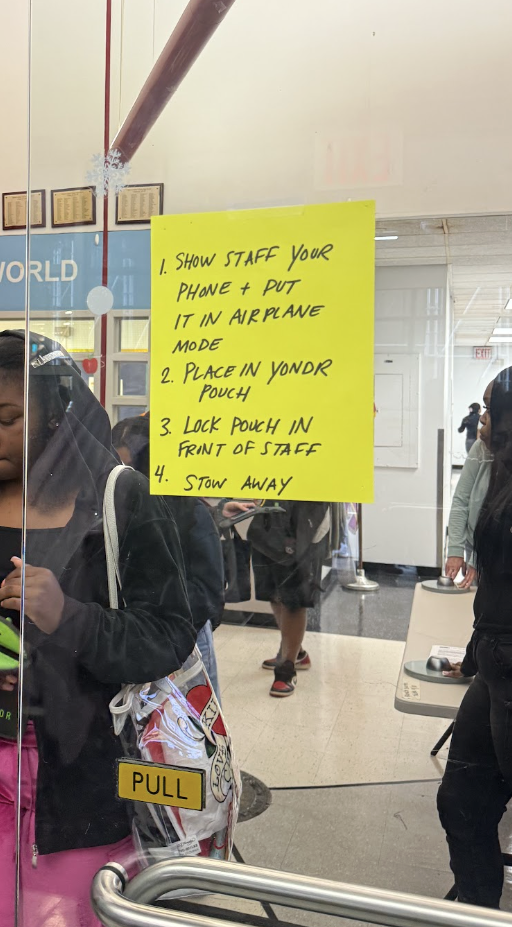Roald Dahl, the British author of Matilda, Charlie and the Chocolate Factory and James and the Giant Peach has had almost all his books made into movies. Although Roald Dahl is a children’s writer, his stories resonate with older audiences as they see themselves in his homemade characters.
One of his most remarkable films was his book, “Fantastic Mr. Fox.”
What is Fantastic Mr Fox?
Fantastic Mr. Fox is a children’s book written in 1970. It takes place under a tree, with Mr. Fox and his wife and four kids. Comically routine, Mr. Fox steals from three nearby farms and the owners of each one attempt to kill him. Throughout the book, Mr. Fox outsmarts each farmer and provides for his family.
Fantastic Mr Fox’s Movie
Directed by Wes Anderson in 2009, Fantastic Mr. Fox gets adapted into a movie. Anderson is known for his unusual looking films; they are often filled with vivid and odd details. Much of his work is stop motion, which is the tedious animation of changing objects in each frame to form movements. This type of artstyle is rare today as it is time consuming and requires a lot of attention. Modern day technology allows companies to produce movies more quickly and smoothly but can’t replace the charm of stop motion.
How is The Movie different from the Book?
The artstyle of the show is not the only factor differentiating itself from the book. In the movie, instead of having four children, Mr Fox has one named Ash. Ash is referred to as “different” and constantly competes with his perfect cousin, Kristofferson. Ash is usually ignored and left out causing him to try even harder to be noticed. This is a common scenario for many people, especially teenagers. We are at a point in our lives where we strive to be the best for colleges, classes and our parents. The pressure either pushes us to be our best or causes stress and failure.
What is the Message of Fantastic Mr Fox?
Still, many parts of the book are still kept; such as the message.
There are many cohesive elements that tie the plot together creating an atmosphere of a deep background behind the movie. There isn’t just one message to uncover, but multiple.
In both stories Mr. Fox puts his friends and family in grave danger because of his habit of thievery. The farmers grow desperate and use any means necessary to catch Mr. Fox. His wife, Mrs. Fox is upset because of the unneeded risk Mr. Fox takes. Yet Mr. Fox continues because he claims to be a “wild animal” and yearns for the thrill of being pursued. Sometimes, people take risks to change their life or if they are unsatisfied. But wanting too much and becoming greedy can lead to worse circumstances for us to live through.
Mr. Fox’s friends, such as Badger, have human jobs like landscaper, lawyer, and accountant. This bizarre set up is to demonstrate that after time, these wild animals became civilized and forgot their true nature. Mr. Fox tries to revert back to his old ways through stealing, and wants to be known as “Fantastic Mr. Fox.” Without this grand title, he feels unremarkable and ordinary.
This goes to show that many people forget their joys and life’s meaning. So, they seek to do something revolutionary and memorable to feel important or have a purpose. After movies, people might see the world differently whether it’s slight or huge. Movies impact our identity and shape how we react as they reflect off our own lives. Fantastic Mr. Fox is meant to mirror those who are lost and confused on what they are supposed to do and their nature.
A popular quote known from the movie is “I don’t want to live in a hole anymore. It makes me feel poor. The views are better above ground. I’m seven fox years, my father died at seven and a half. I don’t want to live in a hole anymore.”
This crucial line starts the movie off with the loneliness and despair Mr. Fox feels. He has lost his sense of identity and doesn’t feel like an actual fox anymore because of the danger he is in for being a fox.
What Other Films does Roald Dahl Have?
There are other short films based on Roald Dahl’s books. His stories, meant for children, aren’t so disturbing and strange but turned into movies, the eeriness is enhanced. His books have unique storylines that are for a range of audiences.
For instance, Poison. This story is about a man named Harry Pope and his narrator, Timber Woods, who is also his friend. Timber visits Harry to find him in bed hyperventilating and panicked. The reason for this is because Harry is convinced there is a snake trapped in his sheets; and if he were to move it would bite him. Timber calls for a doctor and they try various methods to kill the snake, such as sedating it. But, doubt grows and Timber and the doctor are unsure if there is a snake at all.
The short film creates an atmosphere filled with suspense even though the whole situation is silly.
Another Roald Dahl book is Witches. In this world, witches are real and are disguised as friendly ordinary ladies we see everyday. But they kidnap children and do horrible spells and punishments. The most prominent lesson is to not trust strangers and instead, your instinct. Witches also has its own movie, recreated a couple times with jarring effects and suspense.
One last favorite piece of work by Roald Dahl is his book Matilda. This is a popular book because of its loveable protagonist Matilda Wormwood. Matilda is an unusually intelligent girl with a family that neglects her gift and talents. She finds a teacher who values Matilda and does her best to help. Both movie and book share the same sweet, cozy vibe like most old fashioned shows.














